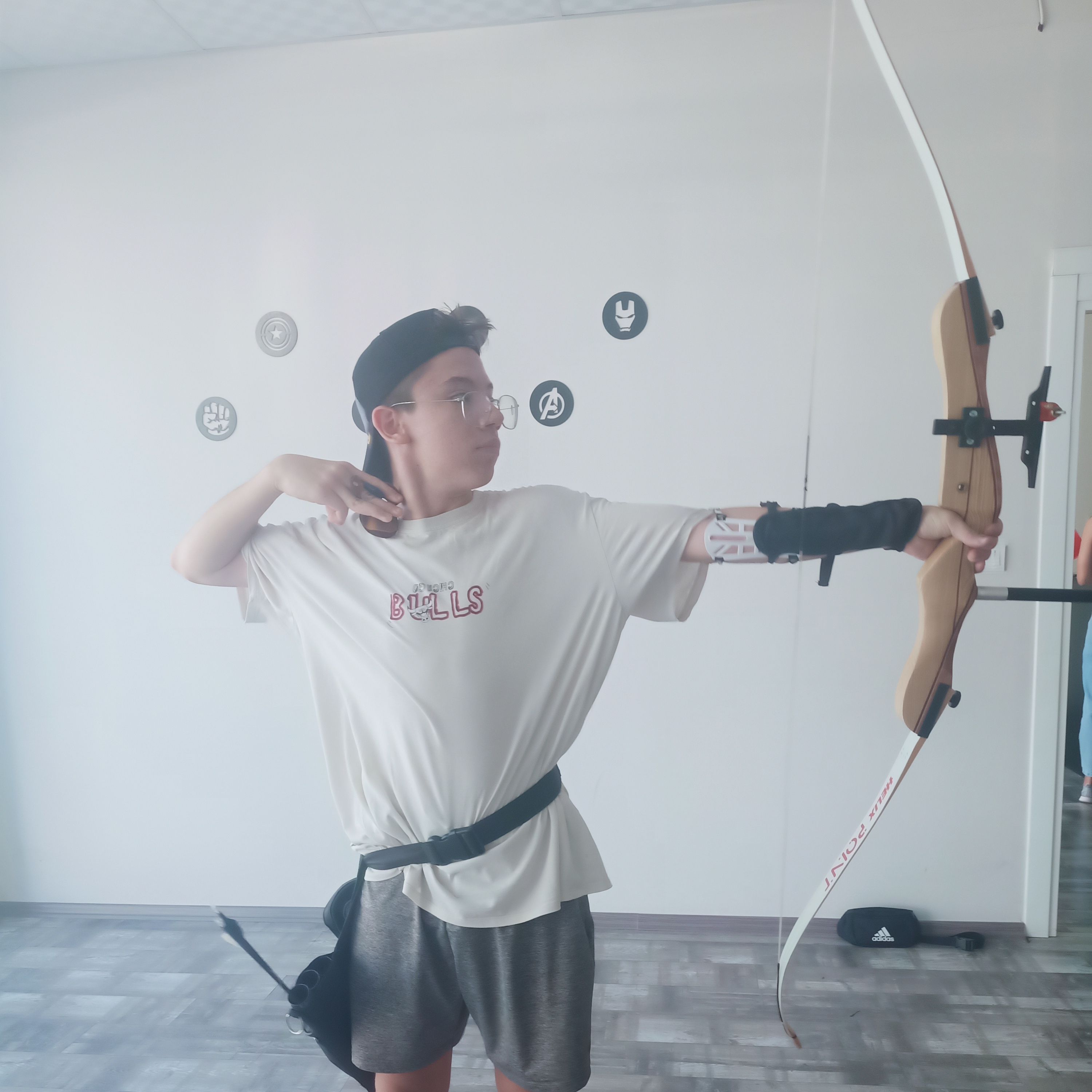An Evolutionary Look at the Kardashian Epidemic: We Like Optimally-Curved Spines And We Cannot Lie!
Why do female celebrities sometimes pop their booties when they are posing for pictures? Here's the evolutionary perspective on why this behavior might be attractive.
 The New York Post
The New York Post
- Blog Yazısı
What is attractiveness? What makes someone or something attractive? Historically speaking, attractiveness has been deemed arbitrary by the social sciences - even Darwin’s answers were less than satisfactory. He suggested that attractive traits held a certain “aesthetic value” yet failed to address the glaringly obvious follow-up: “Certainly they do Charles, but what makes something aesthetically pleasing and another simply not?”
In the recent decades, thinking about this question from an evolutionary framework has shed light on the nature of attractiveness and our sense of aesthetics. Empirical evidence shows that attractive traits are not necessarily arbitrary, but on the contrary, they are precisely the traits that help us survive and reproduce better. Let's dig a little deeper and see what this entails.
Selection and Female Choice
We have all heard it before: “survival of the fittest”. What does Darwin mean by being fit - is he just your average gym rat? We think not.
Here’s a summary of what it means: Individuals that are well-adapted to their environment will (fingers crossed) live long enough to reproduce and pass their genes down to the next generation at a higher rate than those who weren’t as well-adapted. A good example of being adapted to your environment can be having a thick fur coat in a frigid climate instead of naked skin. Given enough time (usually millions of years - no big deal), meaning the traits that help you survive and reproduce will get passed down from generation to generation, while those that aren’t as helpful will be wiped out.
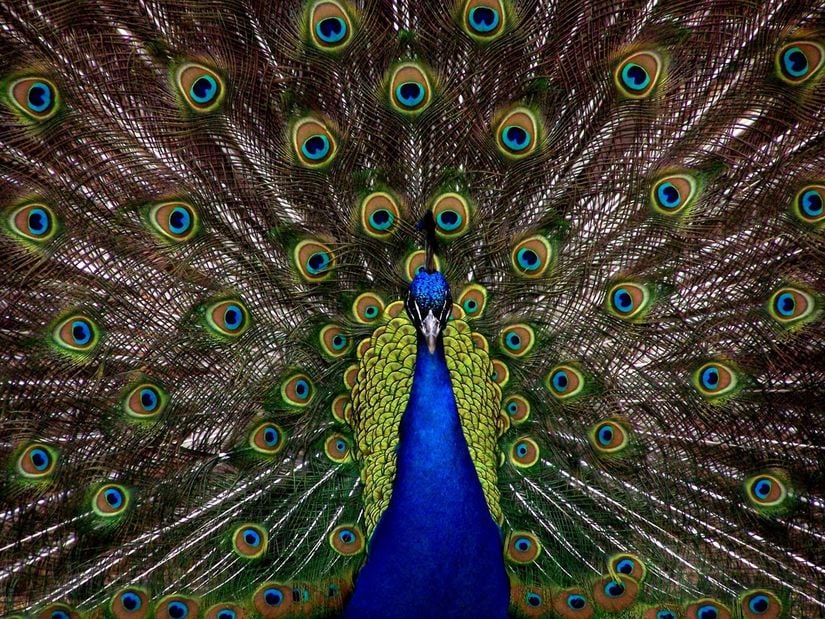
This all made sense to Darwin until the peacock. In his own words, "The sight of a feather in a peacock’s tail, whenever I gaze at it, makes me sick". An overreaction you say? Understandable, but perhaps not so much. The peacock’s tail is indeed quite difficult to explain for a Victorian man that has just recently discovered how natural selection works. First of all, it is metabolically quite costly to produce and requires a lot of resources to maintain. Secondly, it is huge and shiny, which drastically increases his visibility to predators. And finally, it is a behemoth of an appendage for a bird that cannot quite run away from his problems, much less fly away. So why?! Why on earth has this gorgeous plumage evolved when all it does is hinder the poor guy’s chances of survival? Was Darwin wrong about natural selection?! Um, no. Cue light bulb: sexual selection.
Peacocks’ gorgeous plumage was one of many observations Darwin had that led to his Theory of Sexual Selection. He posited that members of one sex that possess certain desirable qualities should outcompete those who do not in getting selected as mates by members of the opposite sex. According to his observations, which were admittedly limited but fascinating nonetheless, males tended to possess conspicuous ornaments and acted more competitively in mating contexts, while females lacked such diversity in similar traits and behaved choosier than males in their mating pursuits. Thus, Darwin termed this selection process “Sexual Selection by Female Choice”.
This theory has accumulated a wealth of empirical evidence in the animal literature - mostly avian species. However, theories explaining why the sexes behaved so differently weren’t entertained until almost a century after Darwin gifted us The Origin of Species. This was mostly due to Victorian views on females’ role in the society, which definitely did not include making important decisions.
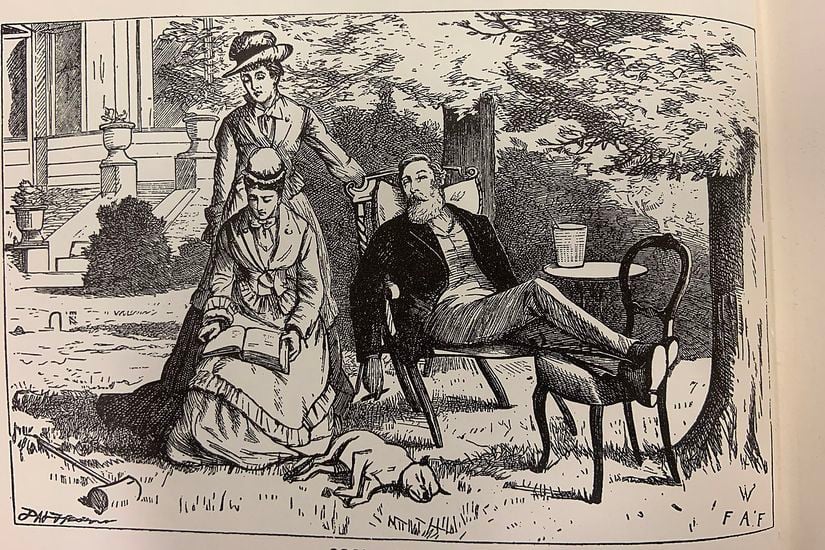
In the 1970’s (unsurprisingly around the first feminist movement), evolutionary literature took a leap with the Parental Investment Theory, which argues that the discrepancy in mating physiology and behavior between the sexes can be explained by how much investment each sex makes in the offspring. In most species, and especially mammals, females invest considerably more in the offspring than the male both physiologically and behaviorally. You know - the whole months-long pregnancy, costly (in the case of no modern technological intervention, often times deadly) birth, lactation (during which females cannot produce another offspring which impacts their reproductive success), rearing, and provisioning and all that. For offspring to survive, these simply have to happen.
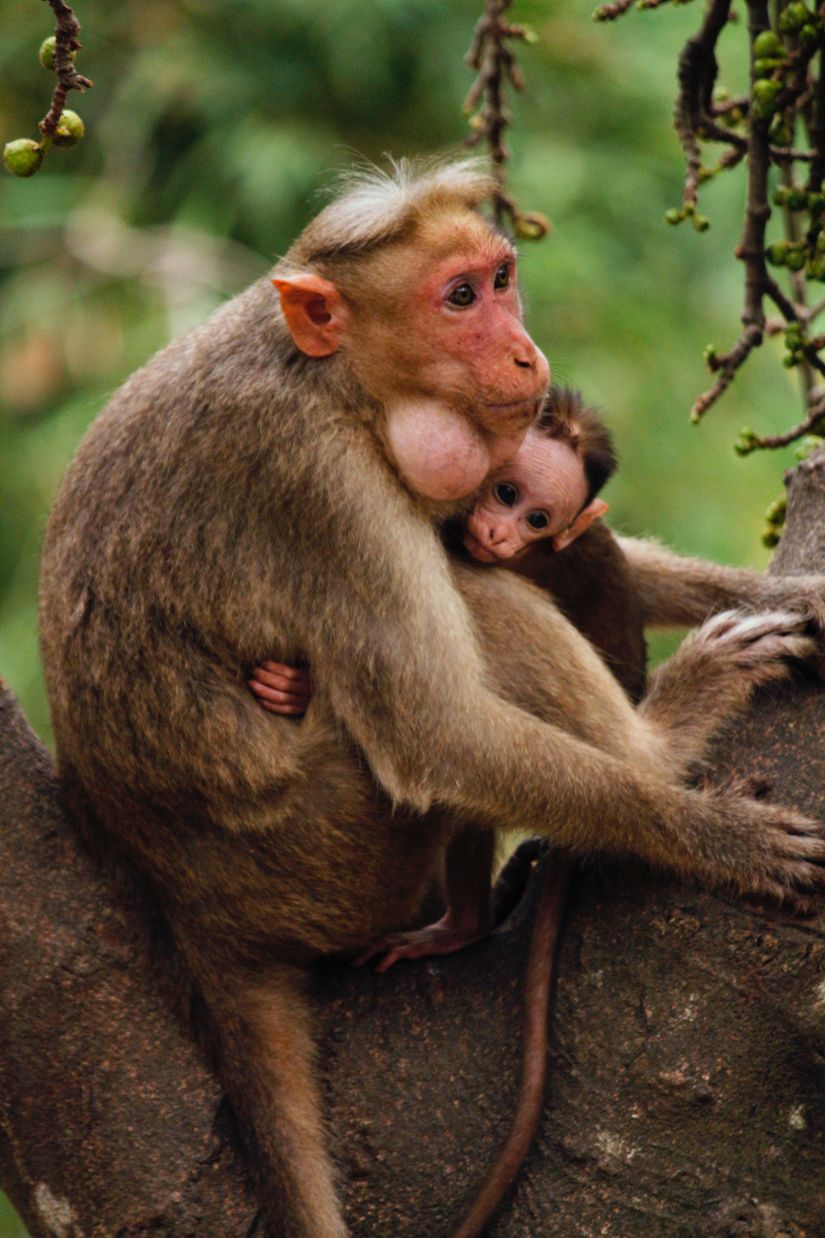
According to the Parental Investment Theory, precisely because of this minimum (and obligatory) investment females make, they have more to lose in the case of a poor mating decision and therefore, choosy females are favored by selection. Hence the name, “female choice”.
But hold on a second. Does this mean male mammals don’t have to do anything? Like... at all? All females really need is their sperm? Well… technically, yes. But all ego aside, I suppose we can all agree that humans are just a tad more complicated than that.

Mate Choice in Humans
In 95% of all mammals, males provide almost no provisional care for their offspring with the exception of humans. Although females still have the higher minimum obligatory investment, humans exhibit cross-cultural patterns of significant investment on the father’s part (Just a reminder that we are referring to humans not as individuals but as a species, so an individual father’s decision to not invest in their offspring can be a separate article). Considering the Parental Investment Theory, said paternal investment gives the male strong bargaining power in the mating market without undermining female choice and thus leads to what is called “mutual choice”. Because both sexes are fundamentally involved in the selection process, humans are unsurprisingly unique in the complexity of their mating strategies and mate choice, especially from a biological standpoint.
Aslında maddi destek istememizin nedeni çok basit: Çünkü Evrim Ağacı, bizim tek mesleğimiz, tek gelir kaynağımız. Birçoklarının aksine bizler, sosyal medyada gördüğünüz makale ve videolarımızı hobi olarak, mesleğimizden arta kalan zamanlarda yapmıyoruz. Dolayısıyla bu işi sürdürebilmek için gelir elde etmemiz gerekiyor.
Bunda elbette ki hiçbir sakınca yok; kimin, ne şartlar altında yayın yapmayı seçtiği büyük oranda bir tercih meselesi. Ne var ki biz, eğer ana mesleklerimizi icra edecek olursak (yani kendi mesleğimiz doğrultusunda bir iş sahibi olursak) Evrim Ağacı'na zaman ayıramayacağımızı, ayakta tutamayacağımızı biliyoruz. Çünkü az sonra detaylarını vereceğimiz üzere, Evrim Ağacı sosyal medyada denk geldiğiniz makale ve videolardan çok daha büyük, kapsamlı ve aşırı zaman alan bir bilim platformu projesi. Bu nedenle bizler, meslek olarak Evrim Ağacı'nı seçtik.
Eğer hem Evrim Ağacı'ndan hayatımızı idame ettirecek, mesleklerimizi bırakmayı en azından kısmen meşrulaştıracak ve mantıklı kılacak kadar bir gelir kaynağı elde edemezsek, mecburen Evrim Ağacı'nı bırakıp, kendi mesleklerimize döneceğiz. Ama bunu istemiyoruz ve bu nedenle didiniyoruz.
Adding to this complexity is the sex difference in what is desirable in a mate. In ancestral environments, selective pressures would favor women who prioritize good genes (in other words health), protection, and provision of social and material resources for their offspring as well as themselves. However, unlike most non-human animals, women have concealed ovulation, meaning you cannot tell if a female is able to conceive at a given time, which creates a novel problem to men’s aspirations of reproduction: detecting reproductively capable women.
Evolutionarily speaking, a wrong decision on the man’s part can be the fine line between transferring his genes to the upcoming generations (evolutionarily succeeding) and being wiped out from history completely (evolutionarily failing). Therefore, evolution favors men’s ability to detect reproductively capable women, which manifests itself as being attracted to good genes, fertility (immediate probability of conception per sex act), and “reproductive value” (a strictly biological term that can otherwise be considered quite ugly; future reproductive potential) in a prospective mate.
They say men are visual creatures. What a cliché. What does it even mean? Of course, they are. All creatures with eyes, really. So, why men particularly? Empirical evidence shows that men report putting more emphasis on a woman’s physical appearance in their mate choice than women do on men’s. From an evolutionary perspective, this makes sense because a woman’s physical appearance carries a wealth of information regarding her health, fertility, and reproductive value and thus is of great value to a man looking to pass his genes onto the next generation.
To support this fact, research shows that what is generally deemed attractive in a woman’s appearance tend to revolve around characteristics that are related to fertility and reproductive value, such as age. Again, makes sense. Reproductive value peaks around early twenties and depletes around 50 years of age (menopause). Therefore, it is no surprise that men attend to features that have been shown to correlate with young age and high reproductive value. These can be big, bright, and clear eyes, small lower jaw, small nose, full lips, and a low waist-to-hip ratio (the infamous hourglass figure). Other cues that relay information about a woman’s fertility include straight and white teeth, (although currently contested) facial symmetry, and clear skin as these traits usually indicate developmental stability and genetic quality, and thus good health and good odds on successfully conceiving healthy babies.

Lumbar Curvature: A Recently Discovered Standard of Attractiveness
As you’ve probably already noticed in your own life, we do not need to have the conscious knowledge of why something is attractive to us at a deep, evolutionary level to be attracted to it. But because we now understand the theory behind why something might be attractive, scientists can follow this reasoning to discover previously undiscovered “standards” of attractiveness. They do this by finding and testing some of the features that are related to health, fertility, and reproductive value to see if men indeed report finding them attractive. One of these recently discovered standards of attractiveness is lumbar curvature. This feature seems to be exclusive to bipedal (upright standing) hominin females. So… women.
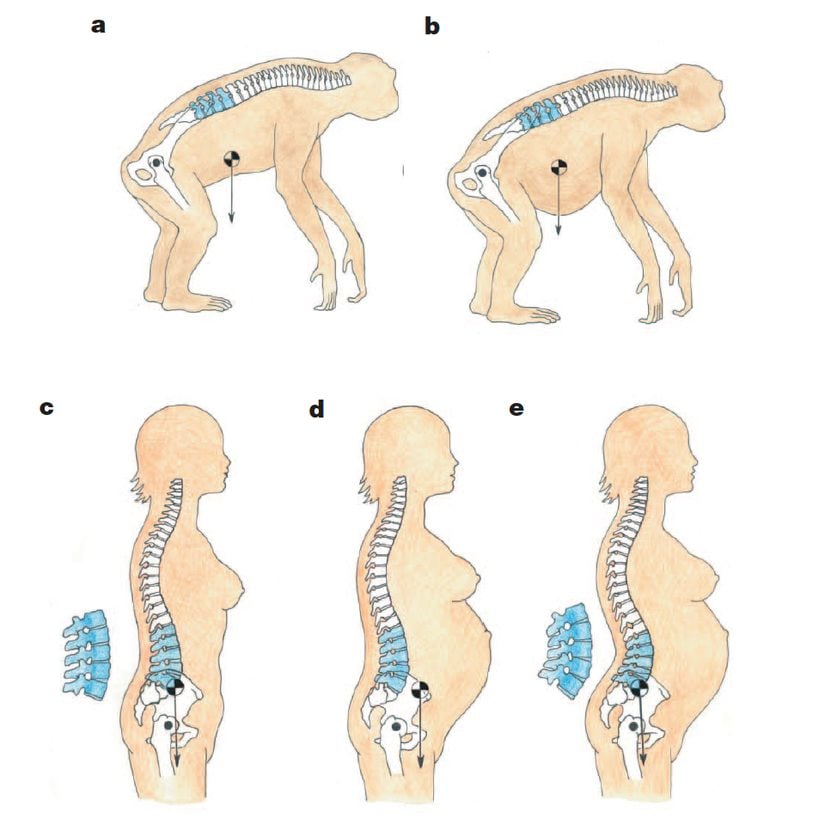
Lumbar region of the spine is also referred to as the lower back. As depicted in the figure below, bipedal (upright standing) females have a wedge in their third-to-last vertebra. This wedging is hypothesized to help solve a crucial and unique challenge to a bipedal female’s survival: a forward-shifted center of mass during pregnancy.
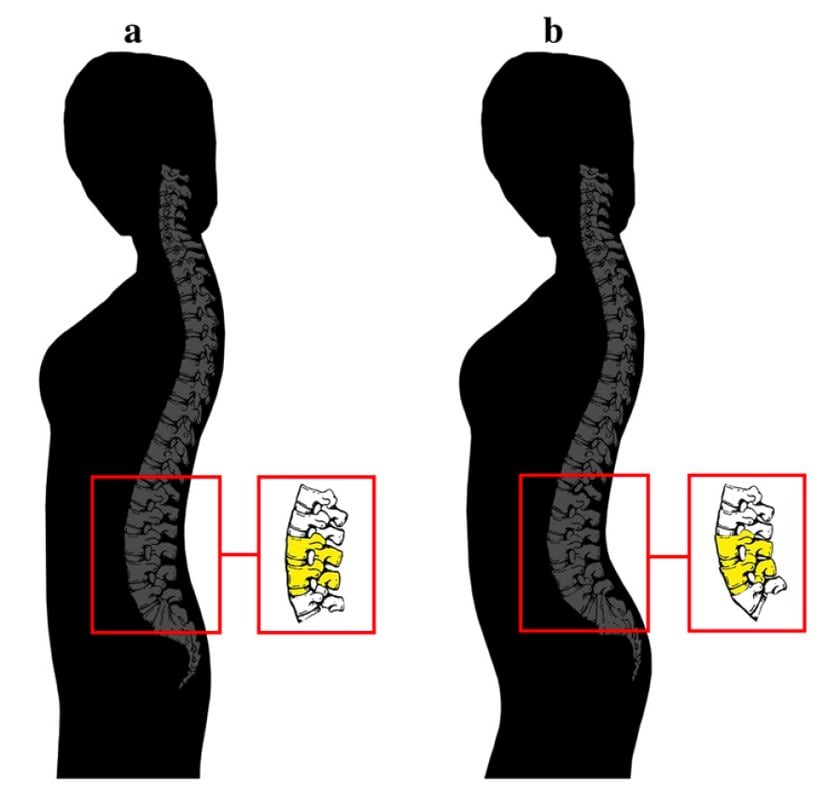
Toward the end of gestation, pregnant women experience approximately an 800% increase in hip torque (rotational force). Because the wedging helps move the baby’s weight back over the hips, without it, pregnant women basically would not be able to walk upright. As if this isn’t enough, according to the orthopedic medical literature, women with too little or too much wedging in this region might also have to deal with strain, muscular fatigue, and spinal injuries that would hinder their ability to forage, which in turn risks nutritional efficiency for herself well as her offspring and partner. It might not seem like it to us with our UberEats and supermarkets, but for our ancestors (who regularly go through periods of famine by the way), you can see how this can be a little problematic.
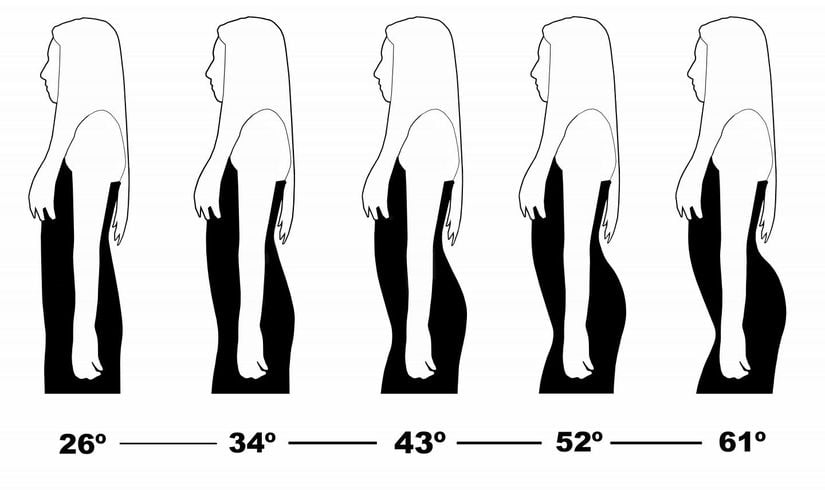
Too little wedging, and you get hypolordosis. Too much wedging, and you get hyperlordosis. Does this mean there is an intermediate value for “ideal” or optimal wedging? Yep! Research suggests that women whose vertebral wedging is closer to the optimal curvature of 45.5 degrees are less likely to be susceptible to said health issues and more likely to sustain multiple pregnancies and thus have greater reproductive value. This is great news to men looking to pass their genes to next generations, therefore researchers suggest that men might rely on this cue in a potential mate.
Bringing Sexy Back(s)
Lewis and colleagues at University of Texas at Austin conducted an experiment to test if this optimal wedging is indeed attractive to men. They showed men side-view morphs (silhouette figures) of women with varying degrees of curvature and asked them to rate which one they find the most attractive. The results indicated that the morphs with the highest attractiveness ratings were the ones closest to the hypothesized optimum. However, it doesn't end there.
Vertebral wedging is not the only reason a woman’s spine may appear curved to the naked eye. As we may or may not know from celebrities on the red carpet, buttock mass is another reason why the spine may appear to have external curvature and thus complicate a seemingly clear relationship between vertebral wedging and attractiveness ratings. Since humans lack X-Ray vision (for now), Lewis and colleagues designed follow-up studies to make sure these attractiveness ratings were not due to the figures’ shapely bottoms. Results showed men reliably preferred the morphs with the curvature that was due to the underlying wedging and not the buttock mass.
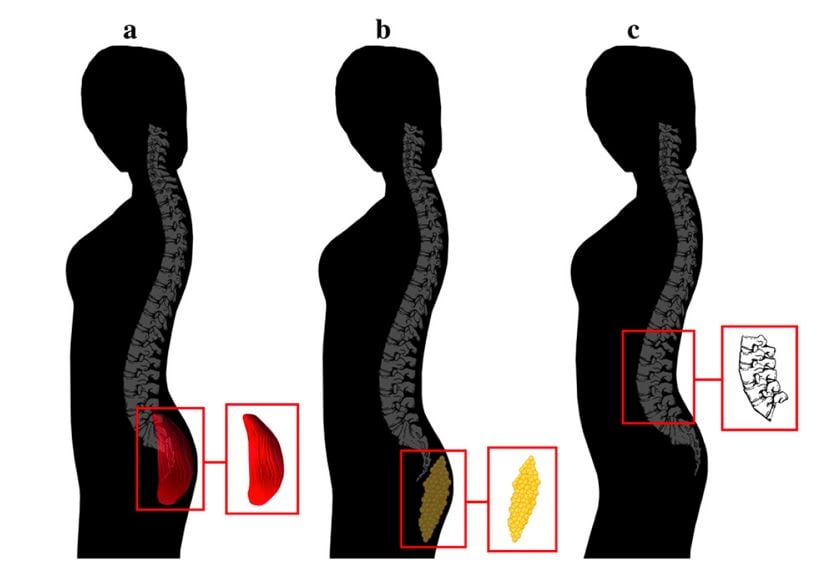
Overall, lumbar curvature appears to be an important adaptation in the female anatomy. Do women use this feature to grab men's attention? There is empirical evidence of non-human animals (such as rats and cats) using the "booty-pop" technique to signal that they are in the mood for some mating. Do women do this? Do men notice? How about high heels - do they do anything for women's spines? Can that be one reason why high heels are sexualized? Also, what on earth is twerking behavior and do we dare attempt to explain it?
Stay tuned for Part II if you want answers!
- 1
- 0
- 0
- 0
- 0
- 0
- 0
- 0
- 0
- 0
- 0
- 0
- D. M. G. Lewis, et al. (2015). Lumbar Curvature: A Previously Undiscovered Standard Of Attractiveness.. Evolution and Human Behavior. | Arşiv Bağlantısı
- K. K. Whitcome, et al. (2007). Fetal Load And The Evolution Of Lumbar Lordosis In Bipedal Hominins.. Nature. | Arşiv Bağlantısı
Evrim Ağacı'na her ay sadece 1 kahve ısmarlayarak destek olmak ister misiniz?
Şu iki siteden birini kullanarak şimdi destek olabilirsiniz:
kreosus.com/evrimagaci | patreon.com/evrimagaci
Çıktı Bilgisi: Bu sayfa, Evrim Ağacı yazdırma aracı kullanılarak 29/12/2025 00:08:24 tarihinde oluşturulmuştur. Evrim Ağacı'ndaki içeriklerin tamamı, birden fazla editör tarafından, durmaksızın elden geçirilmekte, güncellenmekte ve geliştirilmektedir. Dolayısıyla bu çıktının alındığı tarihten sonra yapılan güncellemeleri görmek ve bu içeriğin en güncel halini okumak için lütfen şu adrese gidiniz: https://evrimagaci.org/s/8175
İçerik Kullanım İzinleri: Evrim Ağacı'ndaki yazılı içerikler orijinallerine hiçbir şekilde dokunulmadığı müddetçe izin alınmaksızın paylaşılabilir, kopyalanabilir, yapıştırılabilir, çoğaltılabilir, basılabilir, dağıtılabilir, yayılabilir, alıntılanabilir. Ancak bu içeriklerin hiçbiri izin alınmaksızın değiştirilemez ve değiştirilmiş halleri Evrim Ağacı'na aitmiş gibi sunulamaz. Benzer şekilde, içeriklerin hiçbiri, söz konusu içeriğin açıkça belirtilmiş yazarlarından ve Evrim Ağacı'ndan başkasına aitmiş gibi sunulamaz. Bu sayfa izin alınmaksızın düzenlenemez, Evrim Ağacı logosu, yazar/editör bilgileri ve içeriğin diğer kısımları izin alınmaksızın değiştirilemez veya kaldırılamaz.






